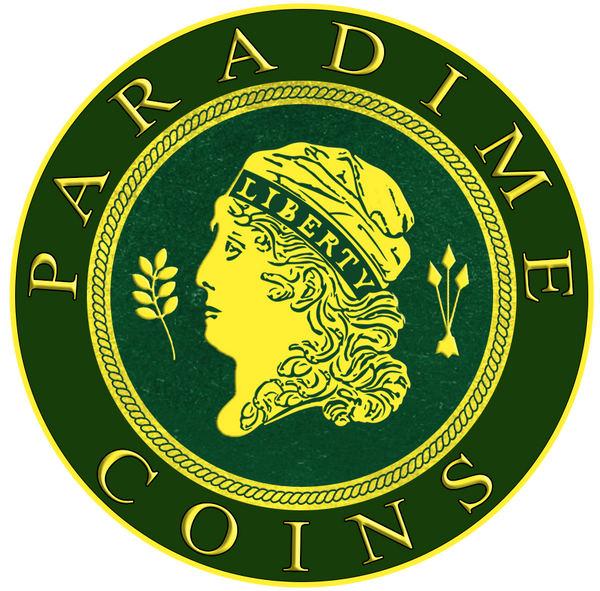Collection: Draped Bust $10 Gold Eagle (1795 - 1804)
No products found
View All Inventory
Draped Bust $10 Gold Eagle (1795–1804): A Cornerstone of Early U.S. Coinage
The Draped Bust $10 Gold Eagle represents the pinnacle of early American numismatics. As the largest denomination authorized by the Coinage Act of 1792, the Eagle ($10) stood as the standard unit for U.S. gold coinage. Its impressive ... Read More
Draped Bust $10 Gold Eagle (1795–1804): A Cornerstone of Early U.S. Coinage
The Draped Bust $10 Gold Eagle represents the pinnacle of early American numismatics. As the largest denomination authorized by the Coinage Act of 1792, the Eagle ($10) stood as the standard unit for U.S. gold coinage. Its impressive size, elegant design, and historical significance make it one of the most coveted coins for collectors.
Key Specifications
- Designer: Robert Scot
- Issue Dates: 1795–1804
- Composition: 91.67% gold, 8.33% copper
- Diameter: 33 mm
- Weight: 17.5 grams (270.06 grains)
- Edge: Reeded
Historical Context
The Draped Bust $10 Gold Eagle debuted in 1795, shortly after the establishment of the U.S. Mint. At the time, it was the largest and most valuable coin in circulation, symbolizing the young nation's financial independence and ambition. Despite its prominence, the series faced challenges:
- Low Mintage: Limited production due to high costs and limited demand.
- Melting and Exportation: Many early gold coins were melted or exported when their intrinsic gold value exceeded their face value.
- Rarity Today: Survivors are exceedingly rare, with values reflecting their scarcity and historical importance.
Design Evolution: Two Iconic Types
Type 1: Small Eagle (1795–1797)
- Obverse: Features Miss Liberty wearing a cloth cap, facing right, encircled by stars.
- Reverse: Depicts a small eagle perched on a palm branch, holding a wreath in its beak.
- Mintage: 13,344 business strikes, none in proof.
- Availability: Rare but obtainable in grades from Very Fine to AU. Uncirculated examples, often with prooflike surfaces, are extremely rare.
Type 2: Heraldic Eagle (1797–1804)
- Obverse: Retains the same portrait of Liberty, with varying star arrangements.
- Reverse: Introduces the Heraldic Eagle design, inspired by the Great Seal of the United States. The eagle holds arrows and an olive branch, with a ribbon inscribed "E PLURIBUS UNUM" in its beak.
- Mintage: 119,248 business strikes, none in proof.
- Availability: Common dates like 1799 and 1801 are more accessible, typically in grades from Very Fine to AU. Uncirculated coins are scarce and highly prized.
Why Collect Draped Bust $10 Eagles?
- Historical Significance: As the largest gold coin of its time, the Draped Bust Eagle embodies the ambitions of the fledgling United States.
- Scarcity: The rarity of surviving examples, particularly in high grades, makes these coins valuable investments.
- Exquisite Design: Both the Small Eagle and Heraldic Eagle designs showcase the artistry and craftsmanship of early U.S. coinage.
- Legacy: With connections to the 1804 Proof Eagle, one of the most famous coins in the world, this series is an essential piece of numismatic history.
Collectibility and Investment
- Type Collectors: The Draped Bust $10 Gold Eagle is a must-have for any type set of U.S. gold coins.
- Condition Rarity: High-grade examples, especially Uncirculated coins, command significant premiums due to their rarity and desirability.
- Historical Value: These coins offer a tangible connection to the early years of American independence and economic development.
Own a Piece of History
At ParadimeCoins.com, we specialize in offering premium examples of the Draped Bust $10 Gold Eagle for discerning collectors. Whether you're seeking a type coin for your collection or an investment-grade rarity, explore our selection to secure one of the most iconic coins in U.S. history. Start your journey into the world of numismatics today!
... Read Less






